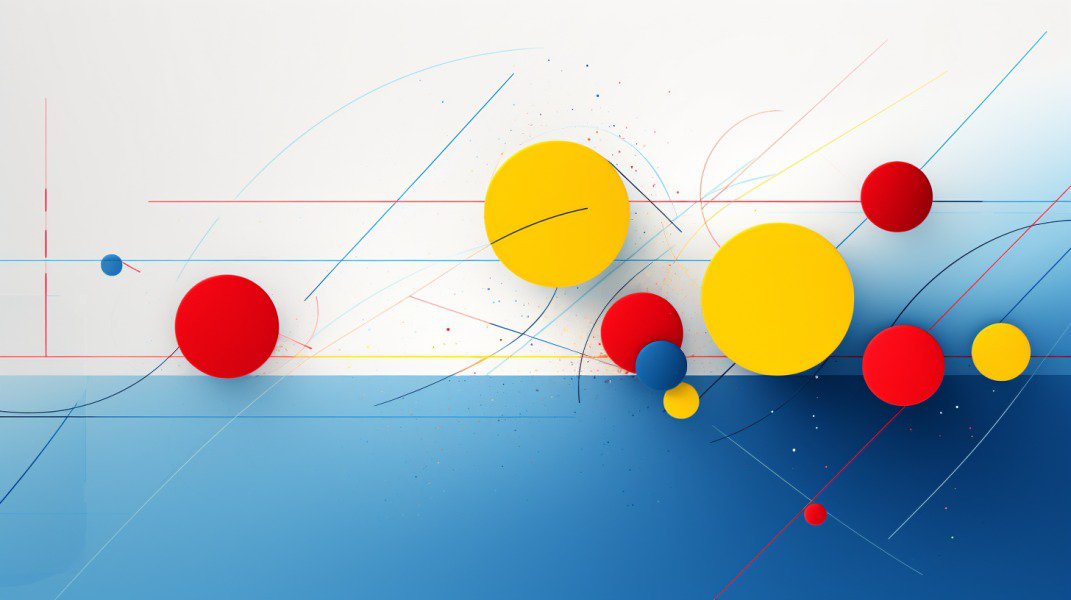Graphic Design Agency
In the ever-evolving world of graphic design agency, staying ahead of trends and embracing innovation is essential for success. As we dive into 2024, the graphic design landscape continues to evolve, presenting exciting opportunities and challenges for designers and graphic design agencies alike. Let’s explore some of the hottest trends shaping the future of graphic design and how graphic design agencies are adapting to meet the demands of a dynamic industry.
1. Embracing Sustainability in Design: As environmental consciousness grows
Graphic designers are increasingly incorporating sustainability principles into their work. From using eco-friendly materials to designing for recyclability, sustainability is a key consideration for modern graphic design agencies. By prioritizing sustainability, these agencies not only reduce their environmental impact but also appeal to eco-conscious clients seeking responsible design solutions.

2. Interactive and Immersive Design Experiences:
In the age of digital media, static designs are giving way to interactive and immersive experiences. Design agencies are leveraging technologies such as augmented reality (AR) and virtual reality (VR) to create captivating experiences that engage users on a deeper level. By embracing interactivity, these new age graphic design agencies are pushing the boundaries of traditional graphic design and paving the way for a new era of digital creativity.
3. Minimalism with a Twist:
Minimalism remains a timeless design trend, but with a modern twist. These digital design agencies are embracing minimalist principles while incorporating bold colors, typography, and graphic elements to create visually striking designs. This minimalist approach allows for clear communication and effective branding while adding a touch of personality and flair to the design.
4. Personalized and Adaptive Design:
With advances in data analytics and machine learning, graphic design agencies are moving towards personalized and adaptive design solutions. By leveraging user data and insights, these agencies create professional customized designs that resonate with target audiences on a personal level. Whether it’s personalized advertisements or adaptive website designs, this trend allows graphic design agencies to deliver tailored experiences that drive engagement and conversion.
5. Collaborative Design Processes:
Gone are the days of solitary design work; today’s graphic design agencies embrace collaborative design processes that involve clients, stakeholders, and interdisciplinary teams. By fostering collaboration, these agencies ensure that designs meet the needs and objectives of clients while incorporating diverse perspectives and expertise. This collaborative approach results in more innovative and effective design solutions that resonate with target audiences.
6. Inclusive Design Principles:
Inclusivity and diversity are at the forefront of modern graphic design. Graphic design agencies are adopting inclusive design principles to create designs that are accessible to all users, regardless of their abilities or backgrounds. By considering factors such as color contrast, readability, and navigational ease, these agencies ensure that their designs are inclusive and welcoming to everyone.

7. Integration of Motion Graphics:
Motion graphics continue to gain popularity as a powerful tool for storytelling and brand communication. Graphic design agencies are integrating motion graphics into their designs to create dynamic and engaging content across various platforms. Whether it’s animated logos, video infographics, or interactive presentations, motion graphics add a new dimension to graphic design and captivate audiences in the digital space.
8. Data Visualization and Infographics:
In an era of information overload, graphic design agencies are focusing on data visualization and infographics to convey complex information in a clear and engaging manner. By transforming data into visual narratives, these agencies help clients communicate their message effectively and make data-driven decisions. Whether it’s annual reports, market research findings, or educational content, data visualization and infographics are essential tools in the graphic designer’s arsenal.
9. Responsive and Mobile-First Design:
With the majority of internet traffic coming from mobile devices, graphic design agencies are prioritizing responsive and mobile-first design principles. By designing with mobile users in mind, these agencies ensure that websites and digital content are accessible and optimized across all devices and screen sizes. This mobile-first approach enhances user experience and ensures that clients reach their target audience effectively in the digital age.

10. Brand Storytelling and Authenticity:
In an increasingly competitive market, graphic design agencies are focusing on brand storytelling and authenticity to differentiate their clients’ brands. By crafting compelling narratives and authentic visual identities, these agencies help clients connect with their audience on an emotional level and build lasting relationships. Whether it’s through visual storytelling, brand videos, or social media content, graphic design agencies play a crucial role in shaping and amplifying brand narratives.
Conclusion:
As we look towards the future of graphic design, it’s clear that innovation and adaptation are key to staying ahead in this dynamic industry. Graphic design agencies that embrace sustainability, interactivity, collaboration, inclusivity, and authenticity will thrive in the ever-changing landscape of graphic design. By staying informed about emerging trends and leveraging cutting-edge technologies, graphic design agencies can continue to push the boundaries of creativity and deliver impactful design solutions for their clients.
